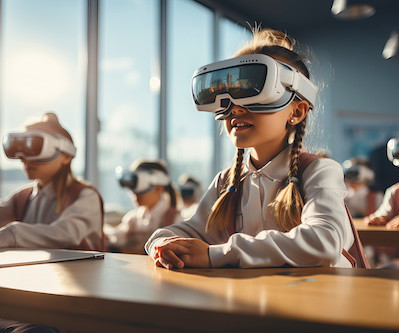Trends to watch in 2015: education and technology
Bryan Alexander
DECEMBER 29, 2015
Primary and secondary schools are a battleground between iPads and Chromebooks, it seems. Another aspect is the gradual disintegration of computing , as we move from desktops to laptops to tablets, phones, cameras, trackers, and gewgaws attached to various locations in our spaces and on our bodies.















Let's personalize your content